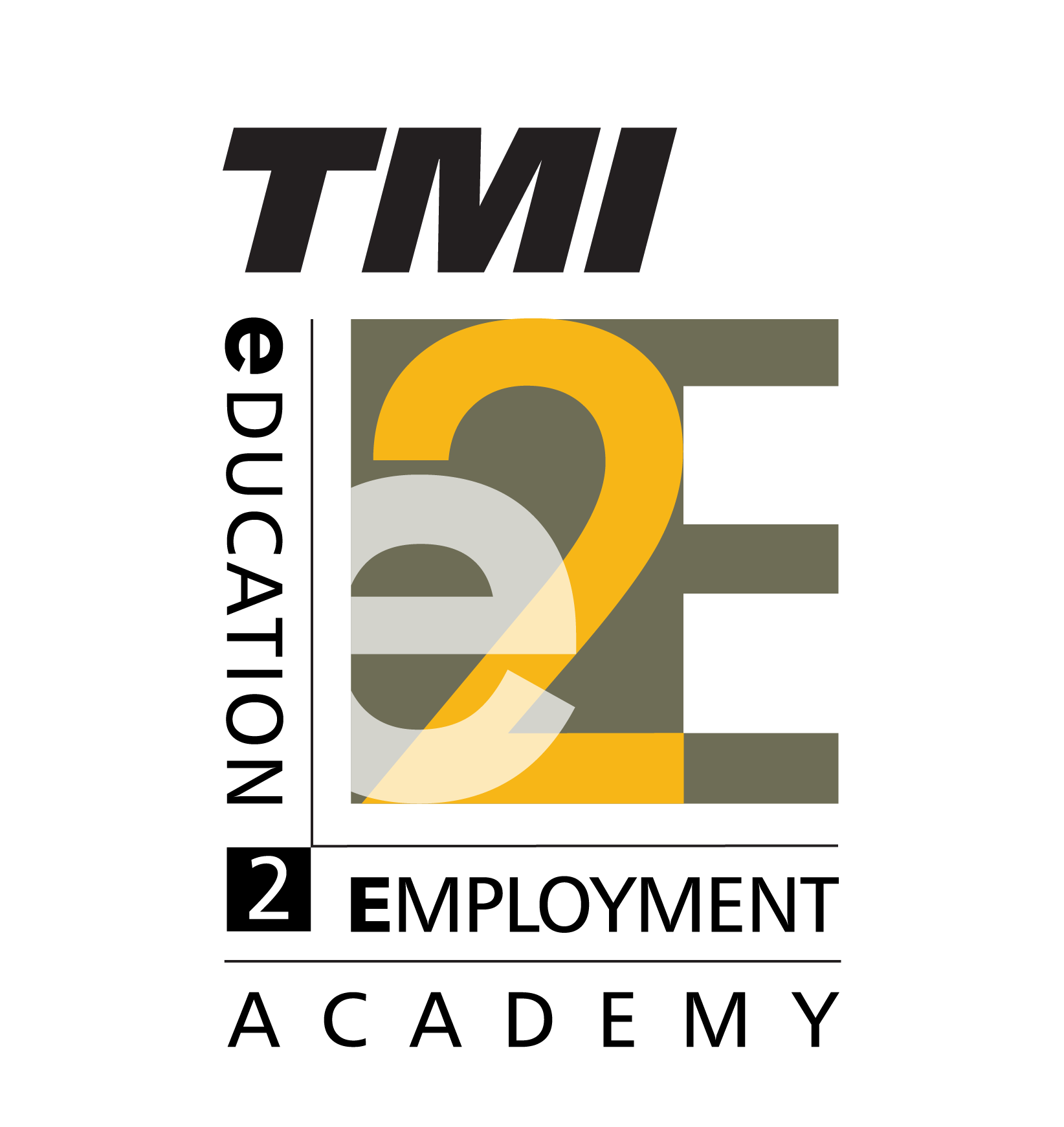83% of Training Programs Fail to Prove ROI – Here’s the Scientific Solution
Access our proprietary framework to measure and maximize training impact




The Invisible ROI Problem: Why Training Investments Go Unmeasured

Why Training ROI Goes Unmeasured
✔️ “Level 1-2 evaluations don’t link to business outcomes”
✔️ “No scientific attribution of KPIs to training”
✔️ “CFOs dismiss ‘soft’ training benefits without dollar values”

How We Fix This
✔️ “Role-Performance Modeling isolates training impact”
✔️ “Financial formulas quantify behavioral changes”
✔️ “Proven 5X ROI for frontline workforce programs”
Creativity That Drives ROI: The Science of Training Impact
Satisfied Clients
Project Delivered
Trusted by Over 100+ Trusted Partners













Why We're Different
-
1
Accuracy
We expose why 83% of training ROI calculations fail – and how our attribution models fix this. Using Kirkpatrick’s Level 4 evaluation framework, we isolate true training impact from business noise with statistical precision.
-
2
Methodology
Our RMF framework drills into frontline tasks to identify performance levers. By aligning training to Lead Indicators of Performance (LIP), we create causal links between skills and business outcomes.
-
3
Proof
Real results: We helped a retail client achieve 5X returns by quantifying how soft skills training reduced attrition costs and increased revenue per employee. Financial models translated behaviors into dollars.
-
4
Partnership
We collaborate with L&D teams to build CFO-friendly reports. Through Activity-Based Costing and control group testing, we transform training from cost center to profit driver.
Meet Our Experts




Ready to Prove Your Training ROI?
Book a free consultation with our workforce scientists to uncover your hidden training returns – first analysis delivered in 72 hours
Let’s chat about your design needs and how SnapDesign can help streamline creativity!
Copyright © 2025 BdThemes. All Rights Reserved.

